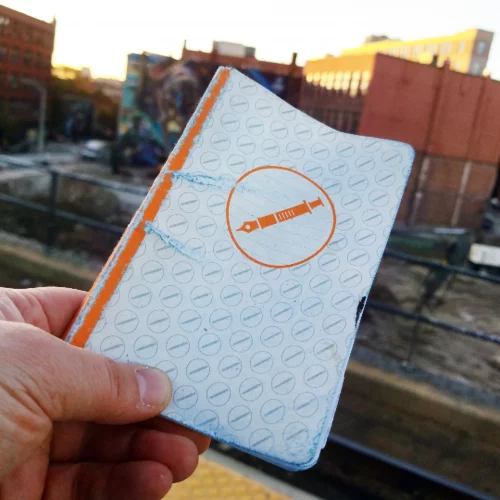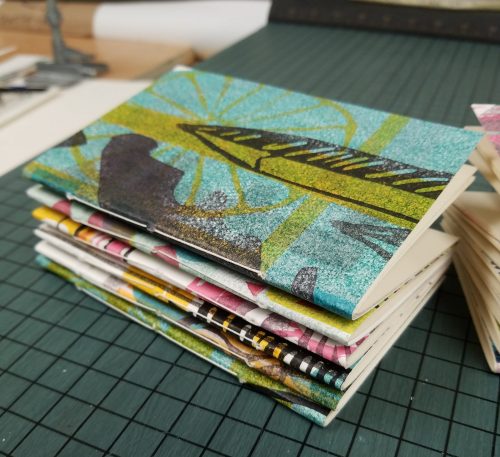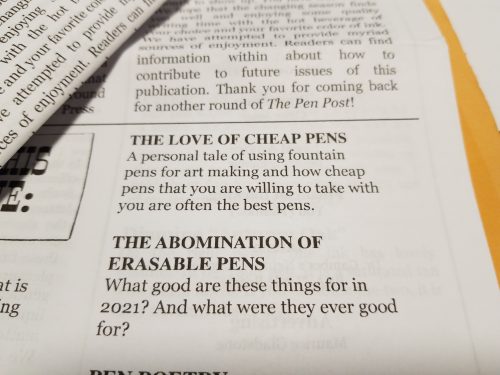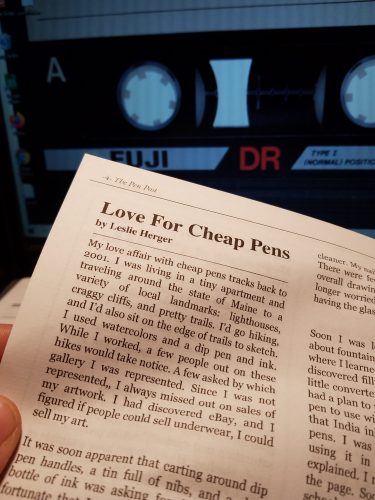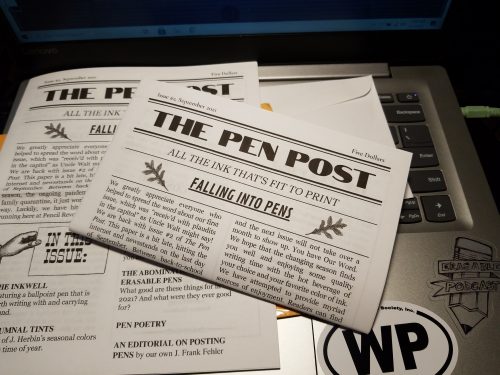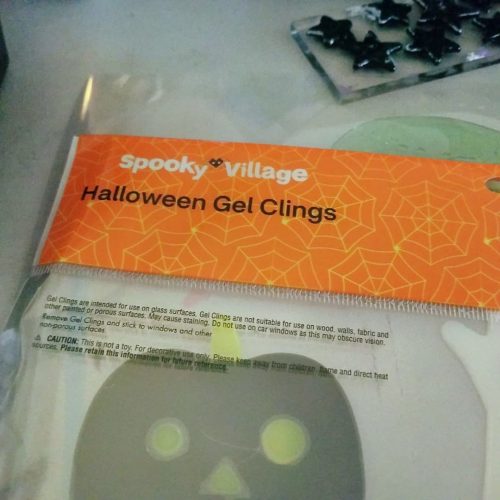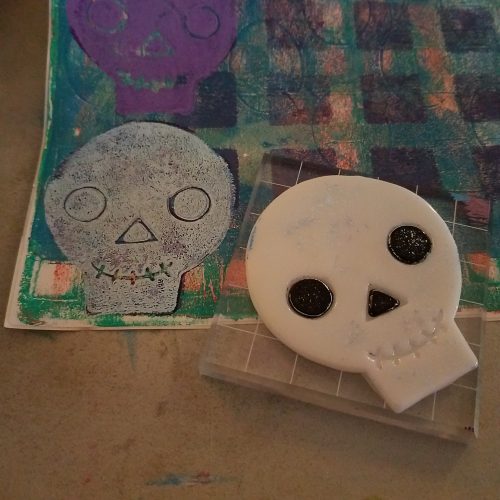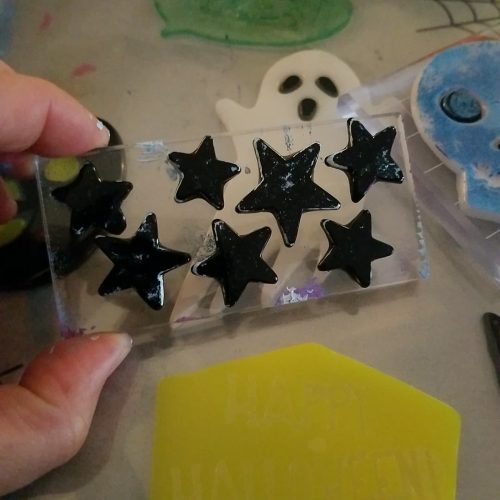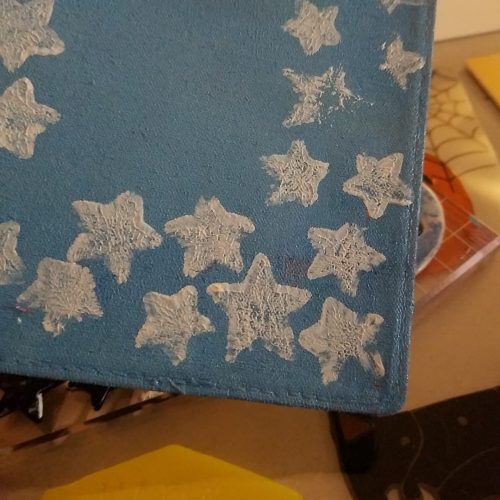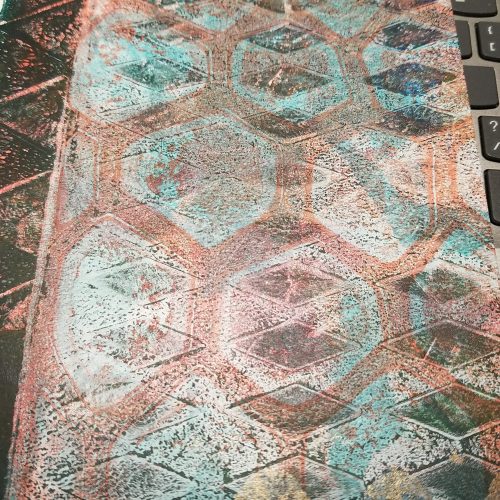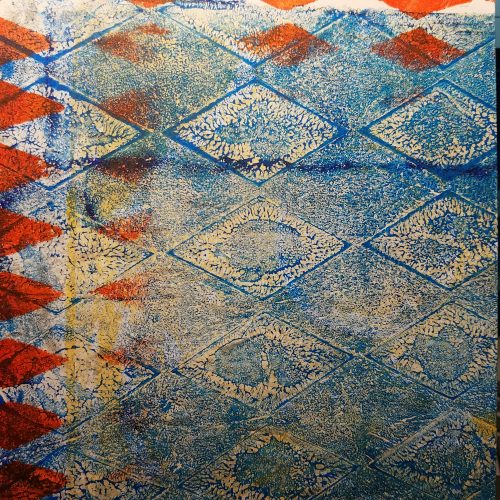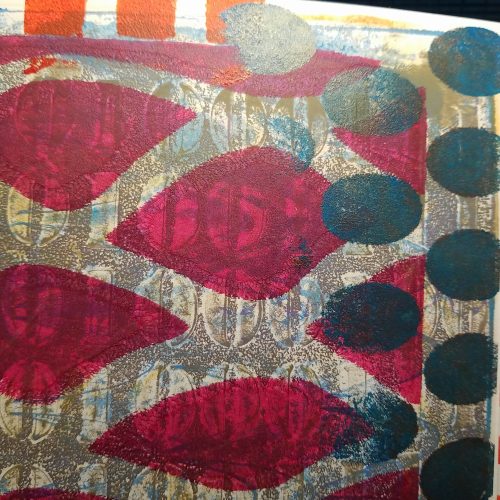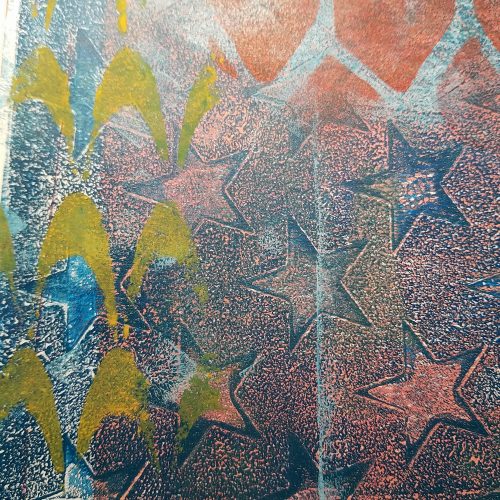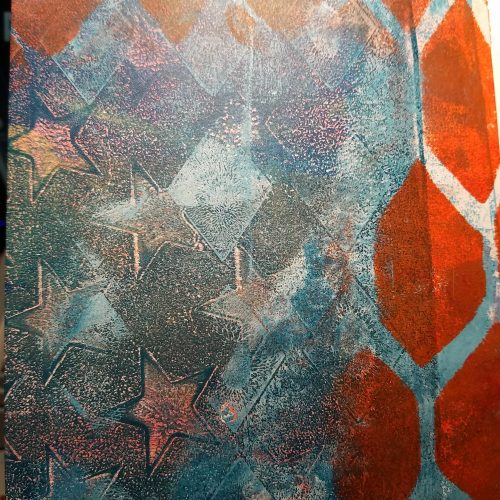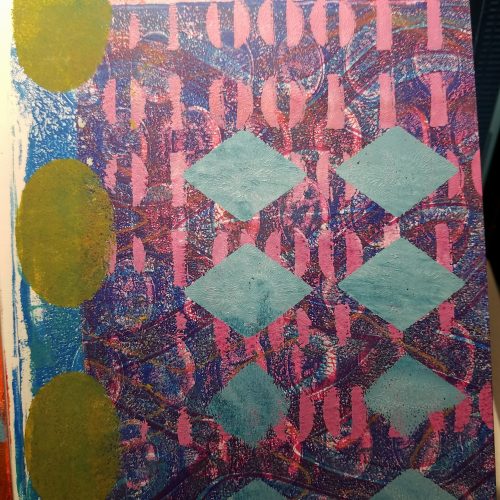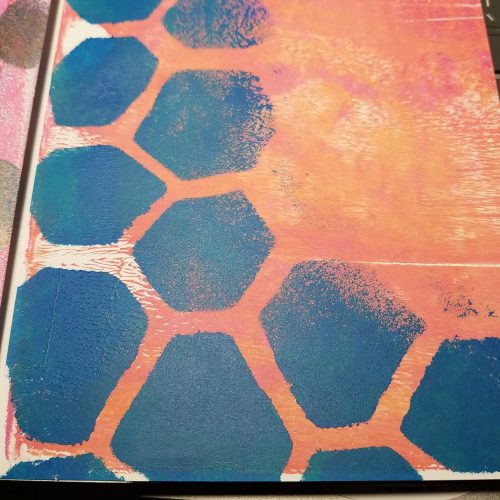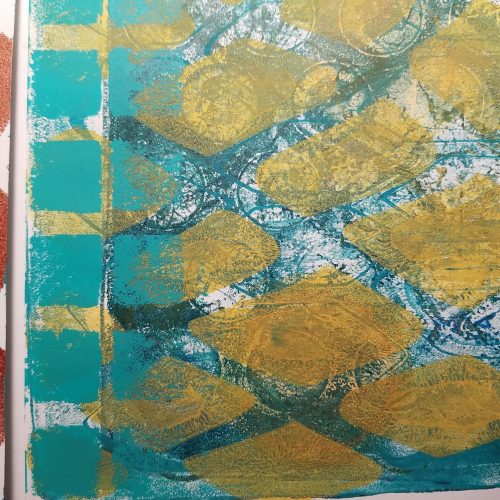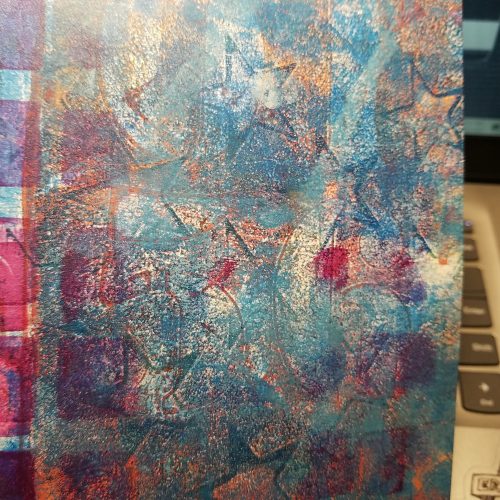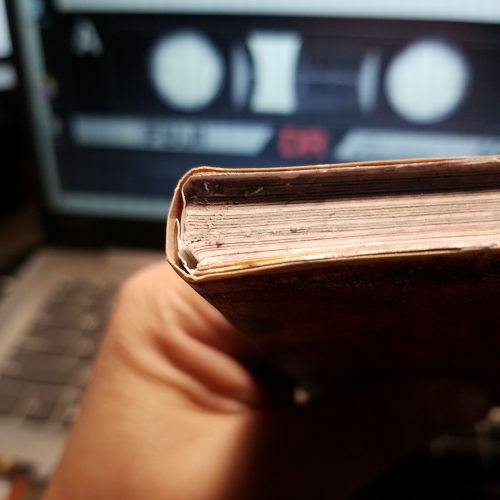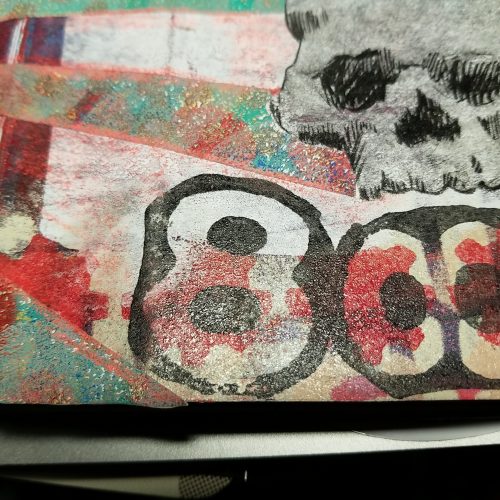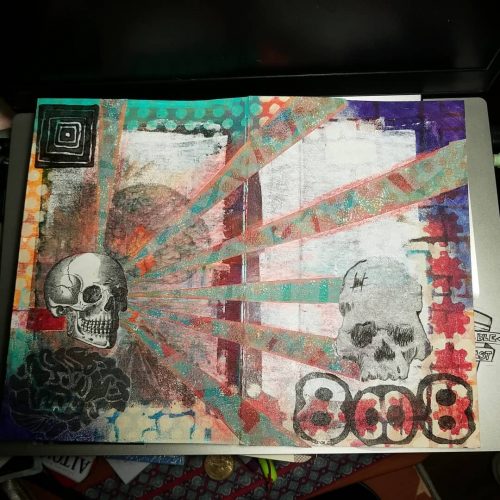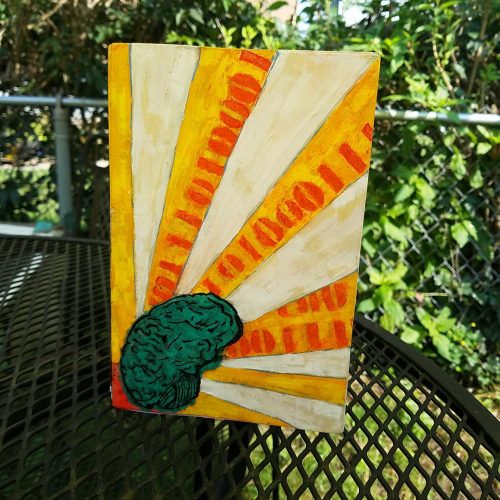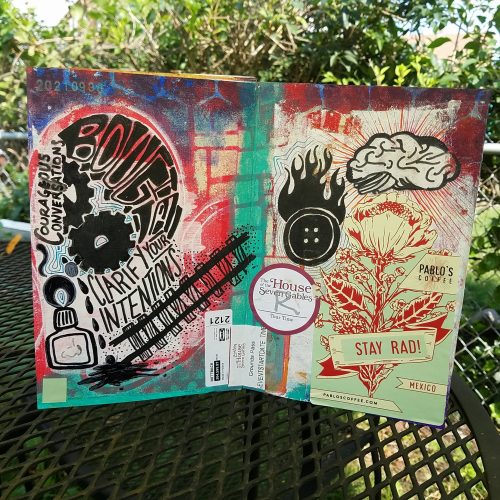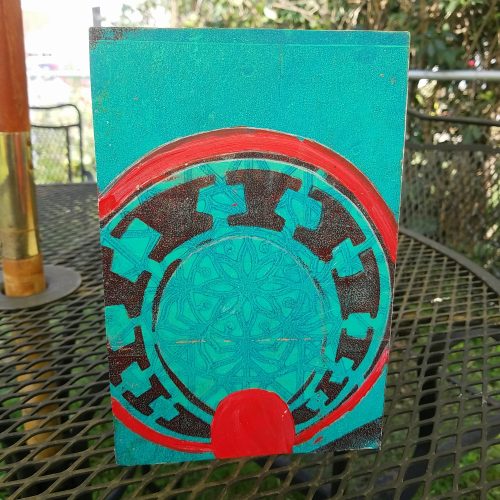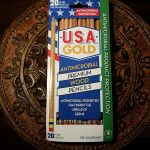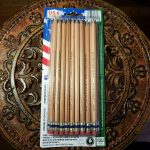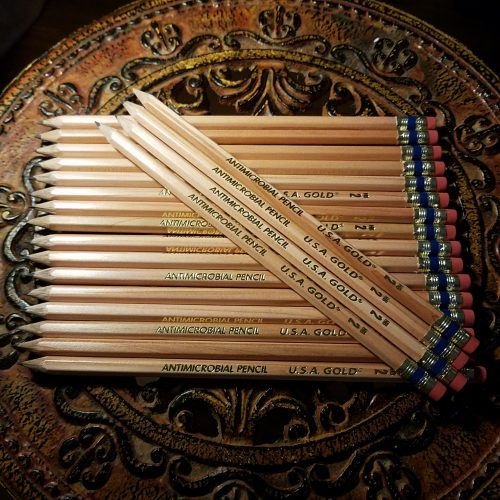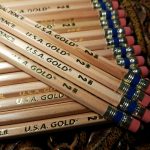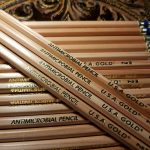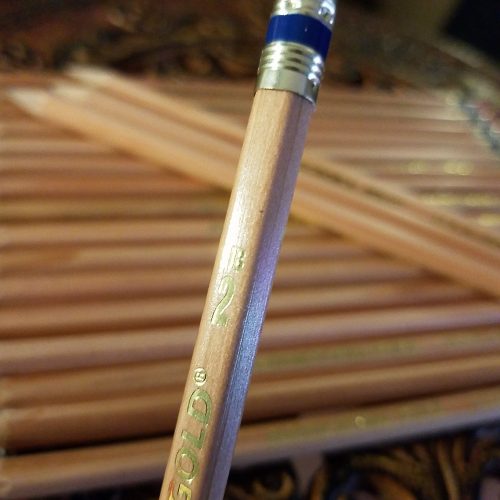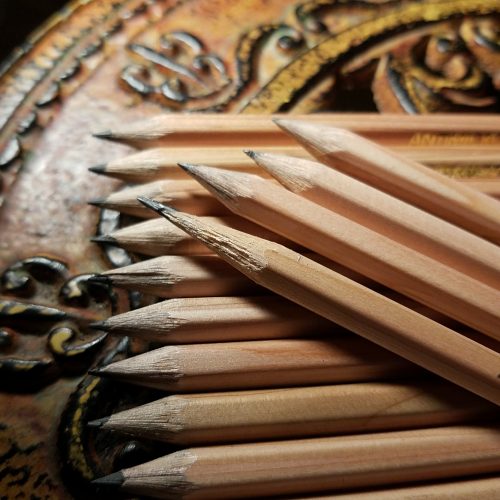Organizing chaos might be my new band name. I’ve spent a great deal of time over the last 2 weeks in a print shops that was “put to sleep” at the very start of the pandemic. You really can’t do letterpress via zoom.
Then over the pandemic the space was unused, and like all basement rooms, things filtered in “for now” but ended up staying forever. There there are supplies that I just don’t know what they are exactly. I’m sure if I searched I’d find an answer, but some stuff is unlabeled. If there is one thing I’ve learned, I will label everything I open. I’m thinking about purchasing a massive box of zipper bags just for that purpose, or hell paper bags. I have no idea what the soft rubber sheets* with glue on one side are, but they are cool, and we’ll try to print it!
I found excess project pieces in odd sizes and an entire package of untouched Baltic birch from Mclean’s. If you know, you KNOW that made me SO happy. I also found an assortment of monoprint plates and plastic drypoint plates. Plus loads of inks for monoprinting.
I keep writing “I found,” as if I discovered these supplies on a wild adventure, and in a way I suppose it has been. In part it is a discovery of all the history of all the folx who have run this print shop. While I’m not officially running the shop I am turning it into a space of therapy. Continue reading
